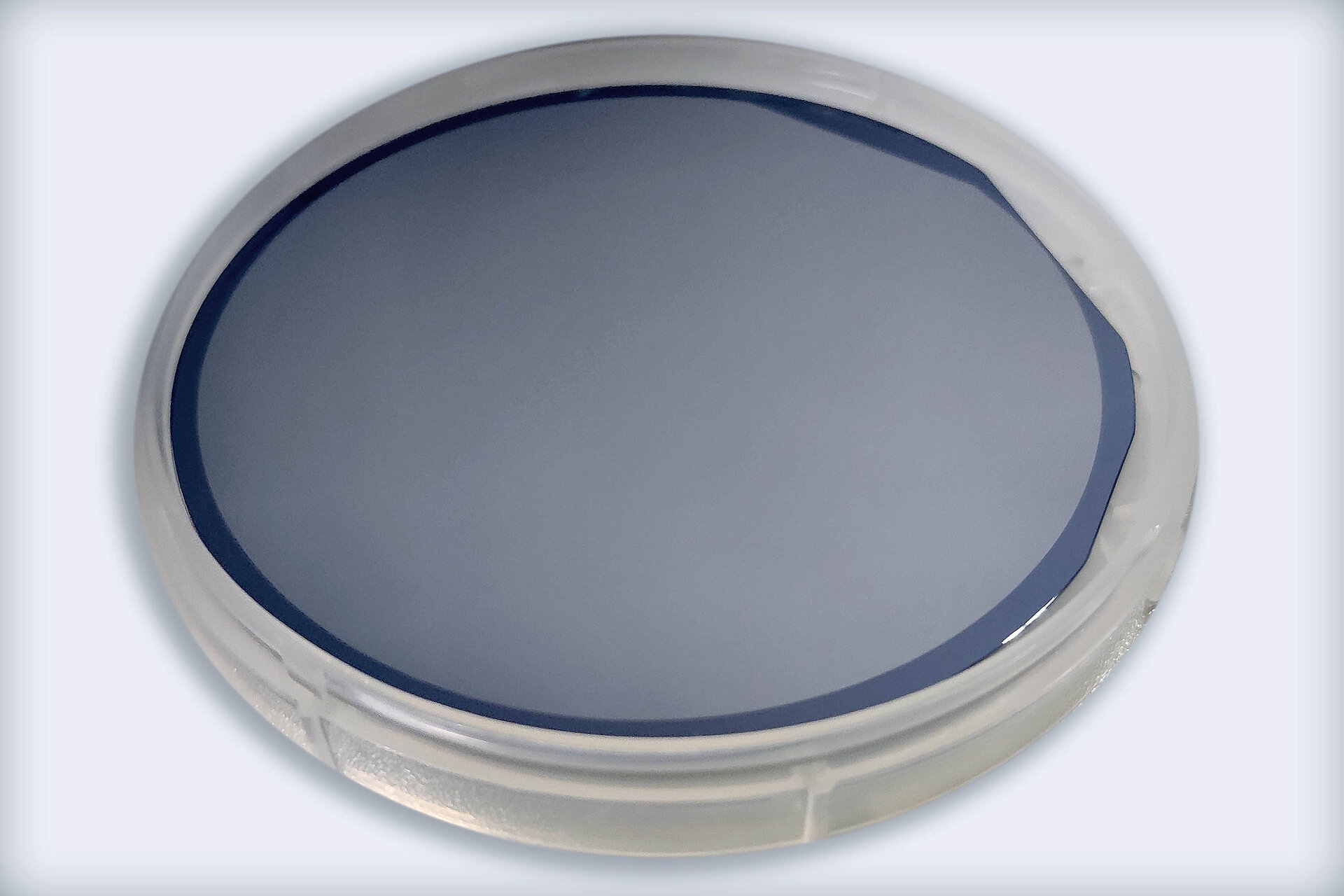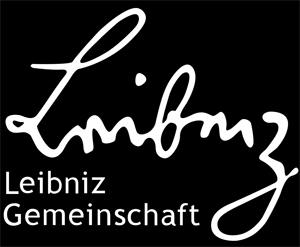Silicon (Si) and germanium (Ge) are the workhorses of modern semiconductor technology, where decades of science and technology development yielded advanced device fabrication of extremely pure materials. This tremendous know-how, together with the possibility to produce isotopically enriched Si and Ge completely free of isotopes with nuclear spin, make them also extremely interesting for application in quantum technologies [1,2].
Nuclear spins in Si and Ge interfere with quantum states, and their absence promises useful quantum technologies within immediate reach. The IKZ researches the processing, purification, and growth of such nuclear spin-free Si and Ge volume crystals for decades (HYPERLINK1, HYPERLINK2), and became a world-leading competence center in the field. These unique materials are now utilized as source material in a recently commissioned molecular beam epitaxy (MBE) equipment for the development of novel quantum materials, as can be seen in Fig. 1. Here, the enriched Si and Ge are evaporated in ultra-high vacuum conditions with less than a trillionth of an atmosphere (10-11 mbar) to grow thin films on Si wafers, as for instance shown in Fig. 2.
The unique selling point of this equipment is the utilization of solely isotopically enriched Si and Ge – avoiding any material with natural isotopes – making it the first and only nuclear spin-free MBE in the world. The machine constitutes an investment of 1.2 million euro in total, and involved a planning and construction period of over three years. With the commissioning of this machine and the founding of a new junior research group ‘SiGe-based Quantum Materials and Heterostructures’, the IKZ positions itself strategically for the long term development and benchmarking of a new generation of materials to meet the demands for novel quantum applications. IKZ will offer its isotopically enriched SiGe quantum heterostructure expertise for collaborations in common R & D projects with interested partners; it will also be possible in future to purchase such materials systems by IKZ Service & Transfer unit on the basis of full cost accounting.
![[Translate to English:] [Translate to English:]](/fileadmin/_processed_/4/9/csm_23_04_News_MBE_Gradwohl_3c96fceacb.jpg)


